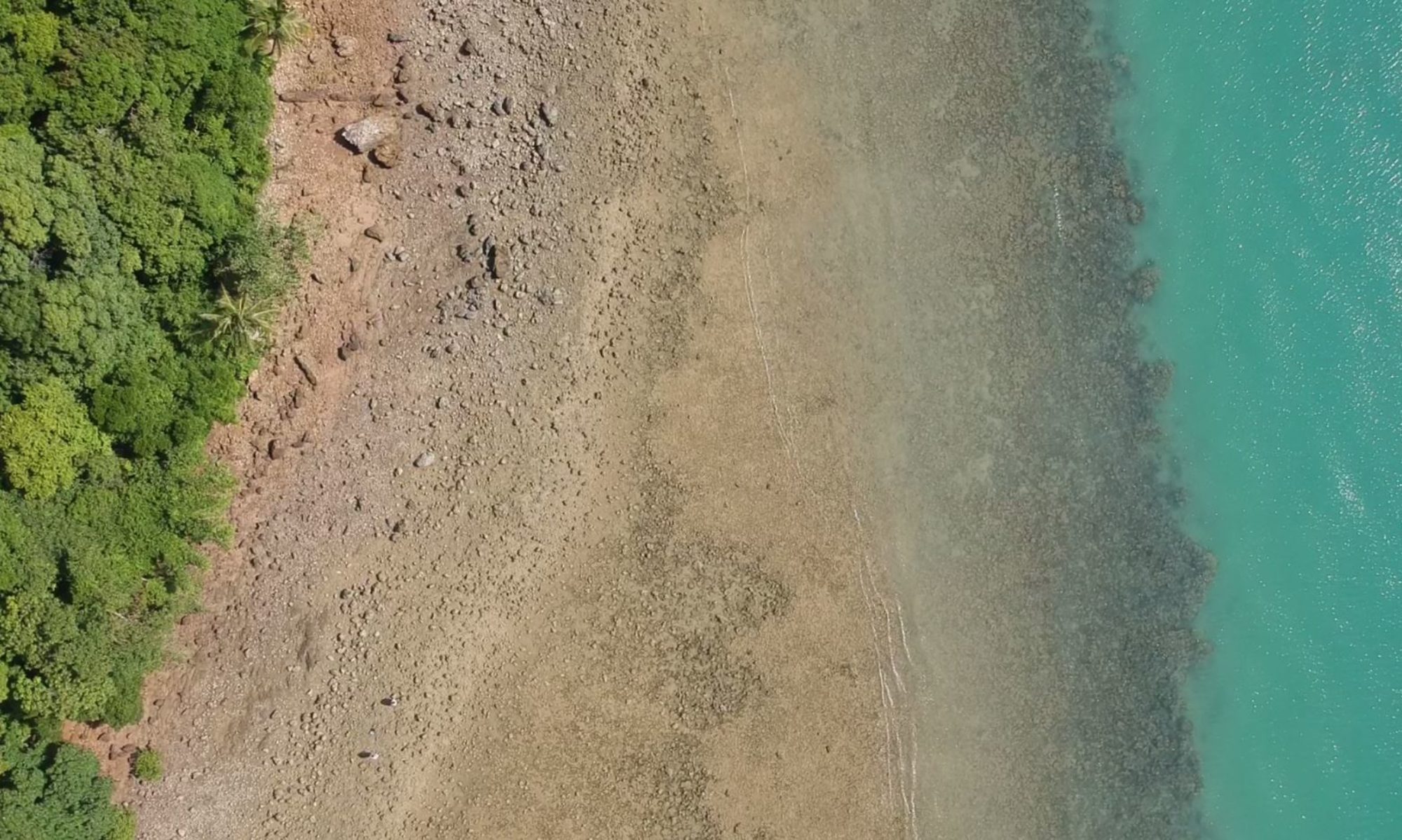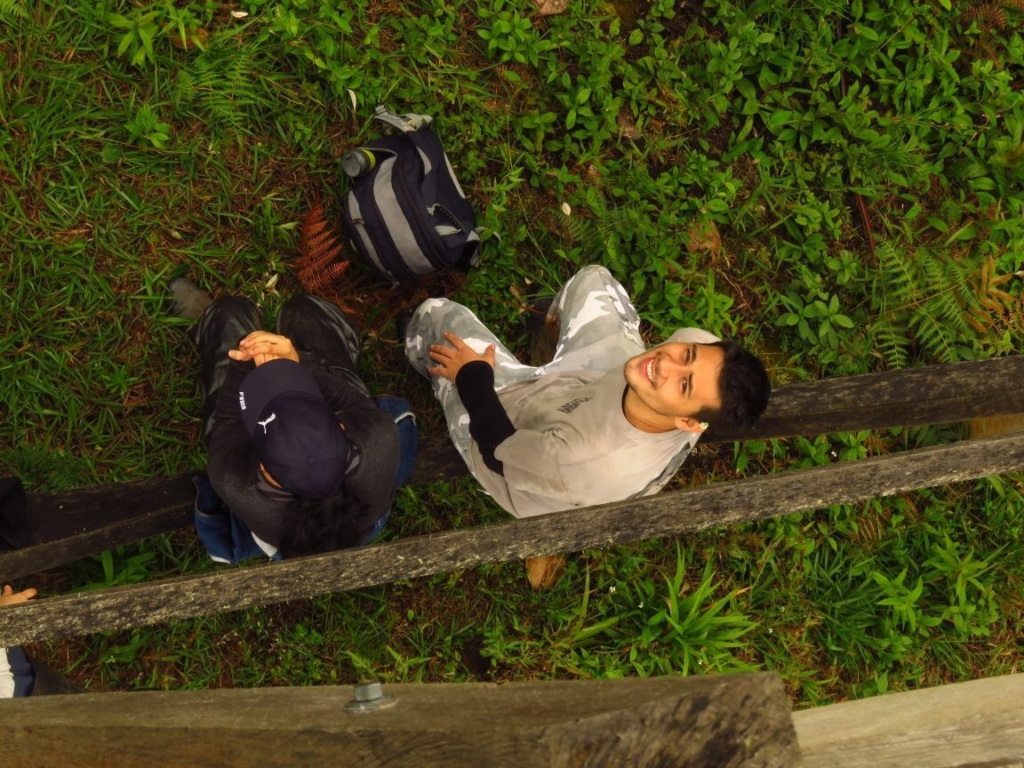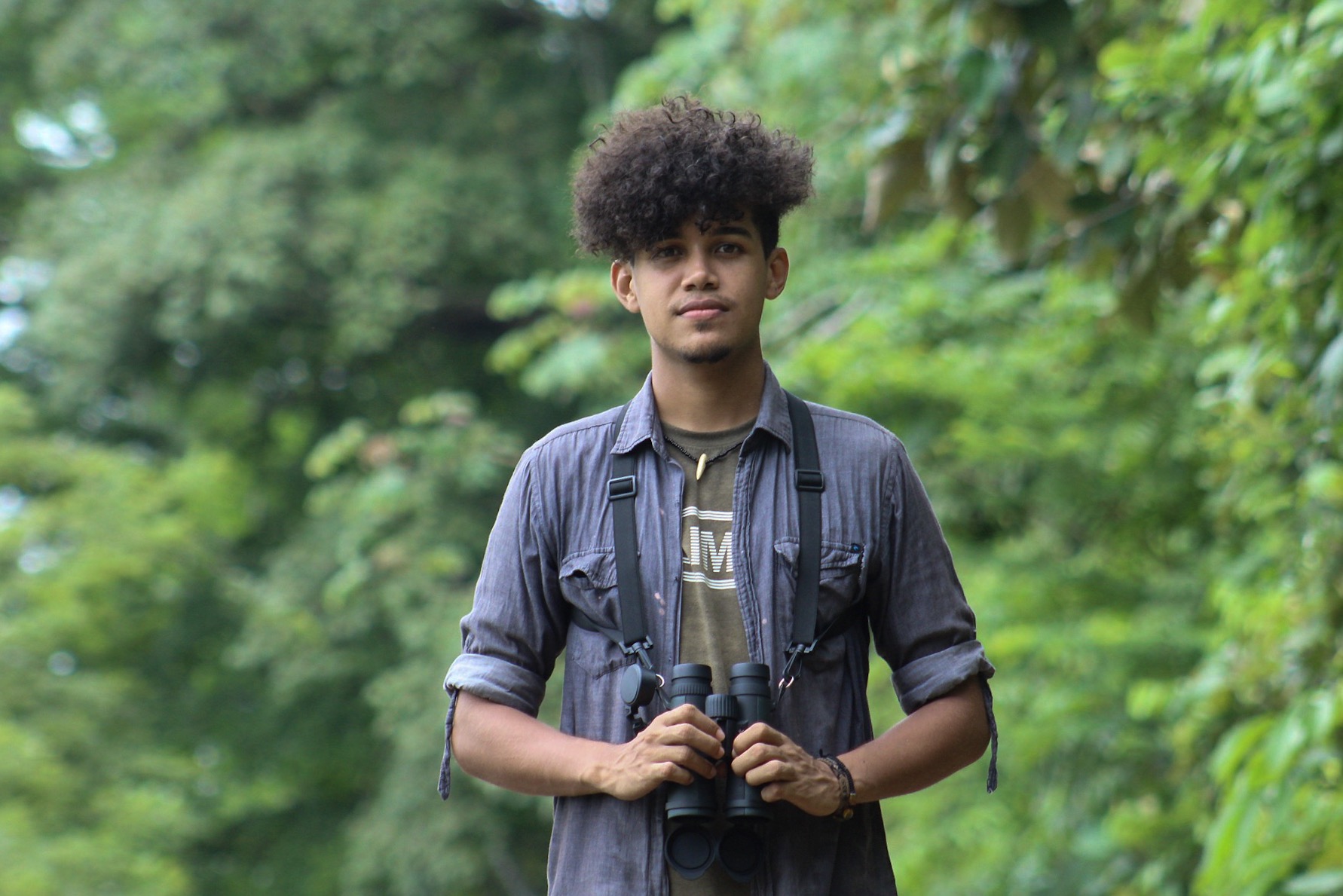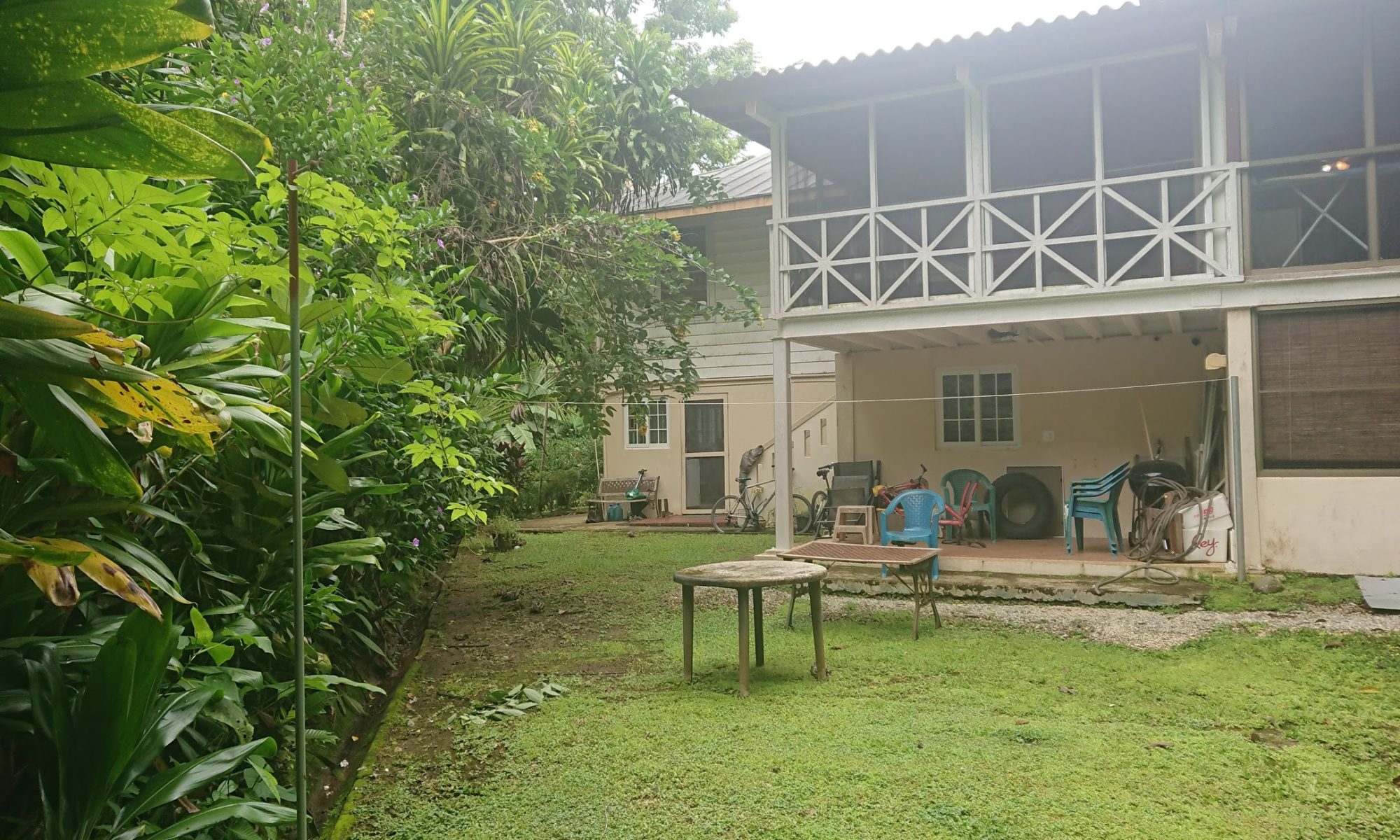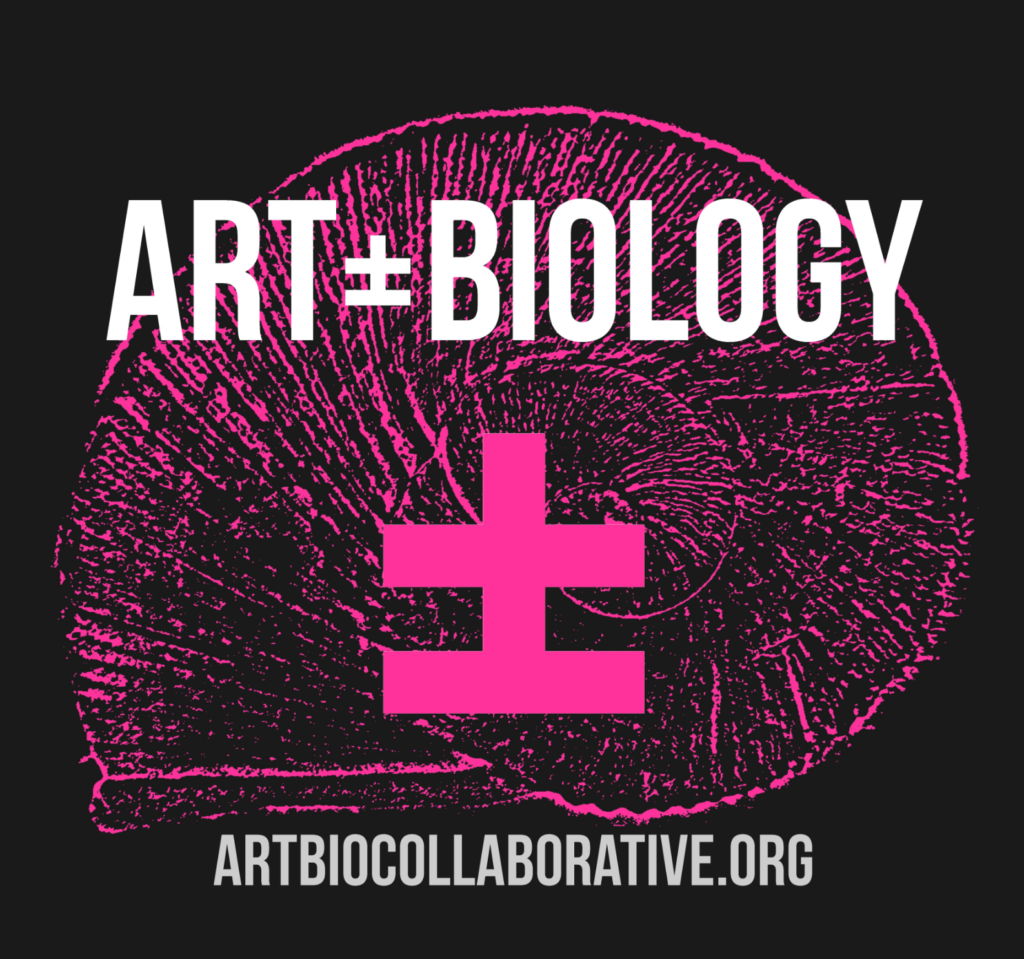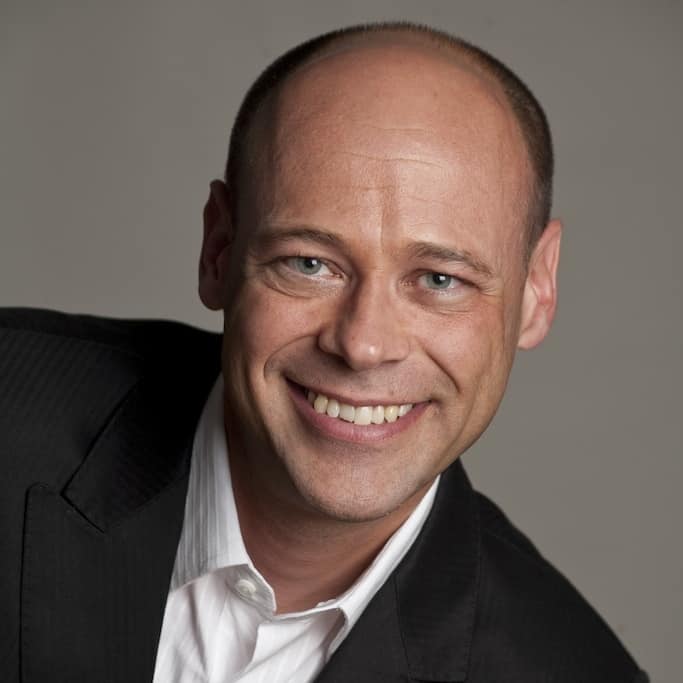First of all, thanks so much to those who could join us at some point over these last two years in either Thailand, Panama, or both! We really appreciate you taking time out of your busy schedules to join a weird, experimental community of neat folks in interesting environments. It has been wonderful and magical, and it makes me so happy to see the wonderful projects, collaborations, and friendships forged, and fascinations with non-human environments and creatures that were developed.
Unfortunately, at the beginning of November, the place we were counting on having for DINACON 2020 fell through. You may not realize it, but a big weird event like DINACON is a year-round job, and before we start accepting people, or even open applications we need to have a sure-fire place lined up, and this happens after many months of scouting and comparing places. Missing out on a spot at the last minute like this puts a major crunch on us because we also need to leave time for applicants to consider and prepare themselves, their travels, and their funding.
Since then, me, Lee, and Sid gave ourselves an extra month to see if we could hunt down a spot meeting our multifaceted criteria. Many of you gave great suggestions and contacts, and we have a great document we have been compiling of cool venues that might good for future DINACONS. We have zero funding for actually being able to scout out any of these places, but hopefully some serendipity will bring us by.
So for now, we have decided to call off DINACON for the year 2020. We are aiming to have the next DINACON set sometime in June or July, 2021.
This will give us time to hunt down a great venue, connecting with a good local team, and work out the logistics for a terrific DINACON 3. Most importantly it will give us a much-needed break to work on our own projects and personal sustainability. I spent the entirety of 2019 pretty much getting the lab together and prepped and ready for DINACON and cleaning it back up after, and going through the resulting documentation. It was a terrific massive stress-test of the facilities and everything DINALAB should be. It worked perfectly to connect us up with locals, and demonstrate the possibilities of our new jungle lab. Now it will be exciting to spend some time in DINALAB and actually get to crank on some projects myself too! Also, considering most conferences last 3-5 days, over the past 2 years it’s kind of like we ran over 15 conferences!
Common Questions:
“Andy, why not just do it at your house again?”
– the entire goal of DINACON as an experimental conference is to create a gathering of people that very much focused on connecting people and technology deeply with a specific, contextual place. A disadvantage to this is that, unfortunately not everybody in the world has access to all the other parts of the world. So I wanted to make it a goal that our Conference would move to different places and allow others the opportunity to join us. We will likely have DINACON in Panama again, but I wouldn’t want to hold it there without bouncing around to some other hemispheres a bit.
“Andy, why not just make it like 2 weeks! Go easy on yourself!”
-For me, one of the key features of DINACON was its extended duration and inter-generationality. I want to give people the opportunity to slow down, experience a place, and intermesh with their surroundings and each other. I also feel that there is a certain magic in groups that comes from not having everyone begin and end at the same time. It simulates longer term communities and projects. It forces people to take on responsibilities, help others, make key decisions, and understand that the fear-of-missing-out is inevitable as nobody will really experience the whole thing. It also makes people reflect on their own work and communication, and prepare their ideas and knowledge to be passed down to the new generations. That might be one of the most important skills there is.
So, I don’t think I would consider doing a DINACON shorter than 3 weeks, and I feel that 4-5 weeks is a good sweetspot.
“Oh, I know the best place to have a DINACON!”
-Cool, let us know! send us links to the place, a contact person, what facilities are available, when it might be available, a rough idea of prices, and we can add it to our document of potential places in the future.
“We should run our own regional DINACONs all over the world!”
-Sure thing, go for it! A big reason I do this is to try to demonstrate that you can pull off meaningful, productive get-togethers with people and neat places without much costs or getting big institution funding or permission. It’s been great seeing all the meetups people have already organized as they travel around the world. My only request is that if you organize something yourselves, you are clear about who is organizing it and responsible, and who is NOT organizing it (e.g. Me with Digital Naturalism Laboratories).
While we are all a bit dismayed that we won’t have a DINACON for 2020, we hope we all can direct that extra energy to helping out each other and all the living creatures around us.
Enjoy the fossil-life,
Andy
__
Sincerely,
Dr. Andrew James Quitmeyer
Director of Digital Naturalism Laboratories
www.dinalab.net
